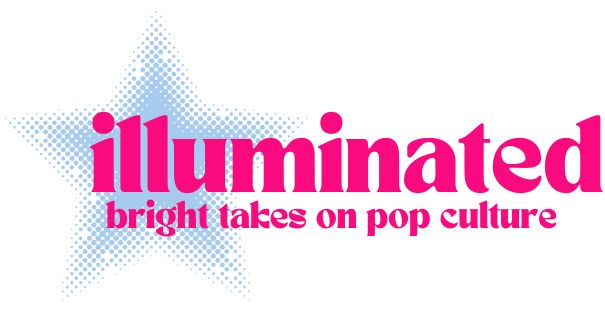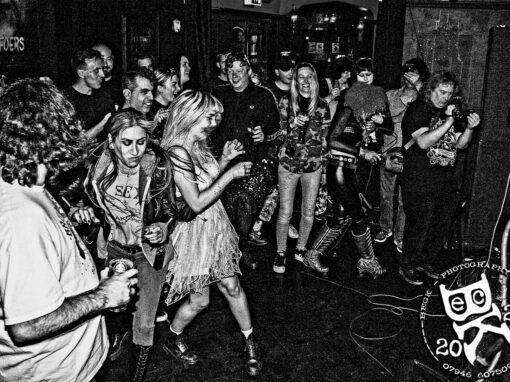Image from unsplash by John Withers
BeReal was a statement, not just an app. It served as a digital counterpoint to YouTube’s polished persona-building, TikTok’s viral choreography, and Instagram’s created feeds.
Launched in December 2019, the viral app aimed to inspire users to share relatable content. The way it worked was that at a random time every day, the app would send out a push notification to all of its users telling them to “be real.” After that, users would have two minutes to take a picture with the app’s dual camera feature, which would take a picture of their face as well as what they were looking at, wherever they were, and whatever they were doing.
After becoming popular with Gen-Z, the app saw rapid growth, growing from 1.1 million users in February 2022 to an estimated 53 million by October 2022.
The app briefly appeared to be a protest against Instagram’s carefully curated perfection and TikTok’s high-effort performance culture, but according to recent analytics, the number of people who use the app daily has dropped to 61 percent of its peak.
So why has everyone turned their backs against BeReal?
BeReal unintentionally created a new type of pressure while attempting to relieve the pressure of perfection, the need to appear naturally engaging at all times of the day.
Rather than risk appearing too uninteresting, people started to delay their BeReals until they were doing something more “post-worthy.” Users then began to realise that even authenticity was turning into content as influencers and brands became more involved. And just like that, we were back in the cycle of performative sharing.
One of the main reason people enjoyed BeReal, including me, was because it reminded people that everyone does everyday tasks, and it became strangely reassuring to watch friends go about their daily lives as they cooked dinner, brushed their teeth, or lay in bed. It temporarily relieved people of the pressure by reminding them that not everything is “instagram-worthy.”
But over time, that initial charm started to fade. Several factors contributed to the decline in enthusiasm:
- Life doesn’t always happen during the notification. The forced spontaneity often collided with reality, for example, work meetings, naps, errands. If you missed THE moment, it suddenly felt like your day was ruined, digitally, at least.
- For many users, daily posts looked the same. A repeat of office desks, laptop screens, housemates on the couch. The novelty wore off quickly, and what once felt refreshing began to feel a little bit boring and repetitive.
- With little engagement mechanics, there was little incentive to stay active beyond a tight circle of friends. Once the dopamine wore off, so did the habit.
- The introduction of the additional BeReal posts undermined what made the app feel unique. The anticipation of that single daily window faded. Without that constraint, the experience felt less intentional, and more like just another feed.
In the end, BeReal showed us that even without filters or edits, people still feel the need to perform, and what began as a refreshing break from polished posts slowly turned into just another way to share carefully chosen moments. BeReal tried to make being real the norm, but posting every day made even honesty feel staged.
For more stories on Social Media click here: https://illuminatedmag.co.uk/social-media/




